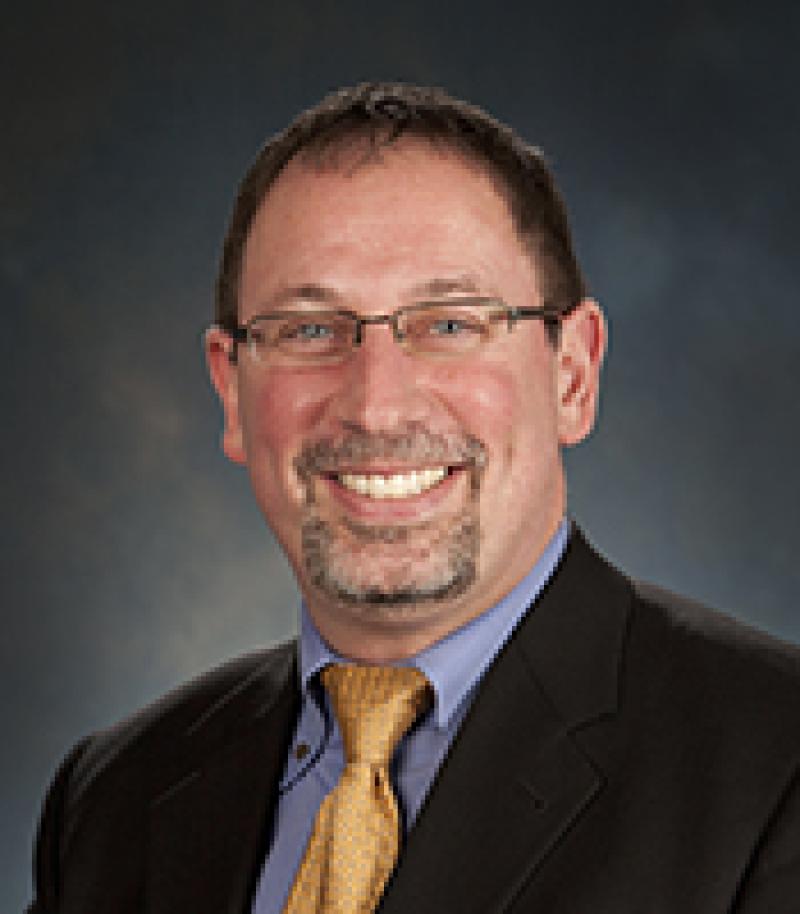School Teachers to Explore ‘Silk Road’

Levi, associate professor in the Department of History, is hosting the summer institute, Central Asia in World History, at Ohio State. The institute is funded by the National Endowment for the Humanities (NEH). It’s the second time Levi has successfully garnered the NEH Summer Institute for Teachers grant; he first hosted a two-week program for schoolteachers in 2012.
This year’s event is extended to three weeks. Taking place July 10-29, Levi will engage the teachers in a deep understanding of how Central Asia has historically functioned as a crossroads of intercultural exchange, connecting great civilizations on the Eurasian periphery and giving rise to world empires of its own. Some of the topics they will explore include critical approaches to world history, inner-Asian nomadic culture, Turks in world history, the rise of Islam in Central Asia, gender and society in Islamic Central Asia, and even culinary adventures along the Silk Road.
“As a historian, I find great value in all of the central themes that we bring out over the course of our three weeks together — the importance of the Silk Road as a trans-Eurasian network for trade and communication, the advent of Islam and its spread into the region and how it took root among Central Asian populations, the roles of women in diverse Muslim societies, and the ways that the Russian imperial and Soviet experiences have shaped contemporary Central Asia.”
In addition to its historical significance, Levi finds that Central Asia “represents an extraordinarily important geopolitical zone in the world today. The region is embedded with the events and conflicts that have unfolded in Russia and the Caucasus, China, Iran and Afghanistan.
“Since the late 1980s, waves of ethnic violence have led to the deaths of many thousands of people and the displacement of many more,” he said. “The region also boasts rich reserves of oil, natural gas and other valuable resources in great demand on the international market, and in recent years the support of Central Asia’s dictatorial leadership has been crucial to U.S. foreign policies. The region is immensely important for world history, and understanding it better is crucial for our own policy-based national interest. I’m thrilled to be able to host the institute, and to do so at Ohio State.”
Most of the teachers attending will be social science or history teachers in middle and high schools. “But not all of them,” Levi said. “The last time I did this program, one of my most enthusiastic participants was a teacher of home economics and cultural studies. She made a great case in her application for what she’d bring back to her classroom and really impressed the admissions committee. She traveled all the way from Hawaii to join us. I can’t emphasize enough that these are all very talented teachers, and I’ve learned much about classroom pedagogy from working with them.”
The institute does have some lighter moments, along with the historical and political explorations. Levi has arranged for The Silk Road Ensemble to perform an instructional concert at the Weigel Hall auditorium on Saturday, July 23, at 1:30 p.m. The concert is free and open to the public. For the teachers, he himself will whip up delectable cuisine in a cooking demonstration, “Culinary Adventures along the Silk Road.”
Read about Levi's culinary demonstrtion in "A Taste of History," Columbus Dispatch, July 20, 2016.
“This turned out to be one of the institute’s highlights last time,” he said. “Whenever I go overseas, I love spending time in markets and exploring local cuisines. Even today, Central Asian cuisine exhibits a strong link to the region’s pastoral-nomadic heritage and its location at the crossroads of the Eurasian civilizations.”
Working in the Ohio Union’s professional kitchen, Levi will conduct a cooking demonstration for participants, preparing a few Central Asian national dishes and creating a delicious way for participants to experience what they’ve been studying. “My personal favorites are a rice dish called plov — a richer, heavier variant of what in Turkey would be called pilav, or pilaf — and laghman, a fusion of spiced beef or mutton soup with amazing thick, hand-tossed Chinese noodles and fresh herbs.
Levi stressed that each teacher is eager to internationalize their curriculum by bringing Central Asia into their classrooms in a meaningful way. “During our three weeks together, each teacher will draw on our work to prepare and present a new lesson plan or other element of their curriculum that they plan to implement when they return to classes in the fall,” he said. “This is an aspect of this experience that makes me want to do this over and over again. Each of the participants teaches many dozens, or even hundreds of students each year. So, through these teachers, this institute is able to reach literally thousands of students, maybe even tens of thousands. This is an excellent way to have a significant, tangible influence on international education at the national level.”
